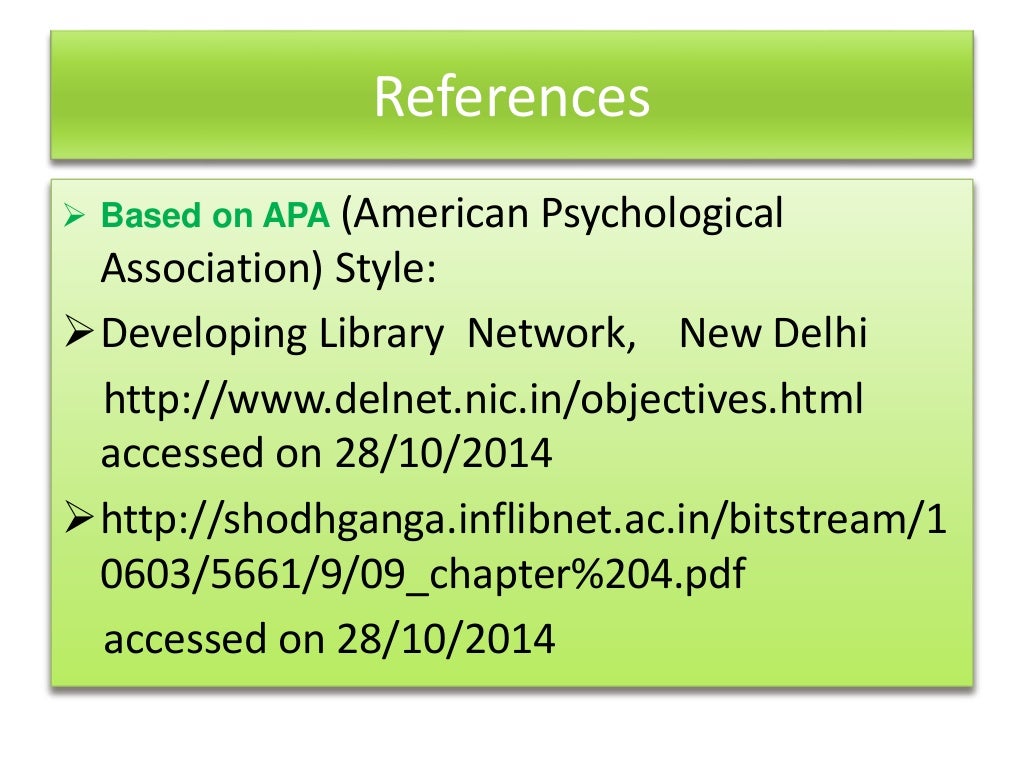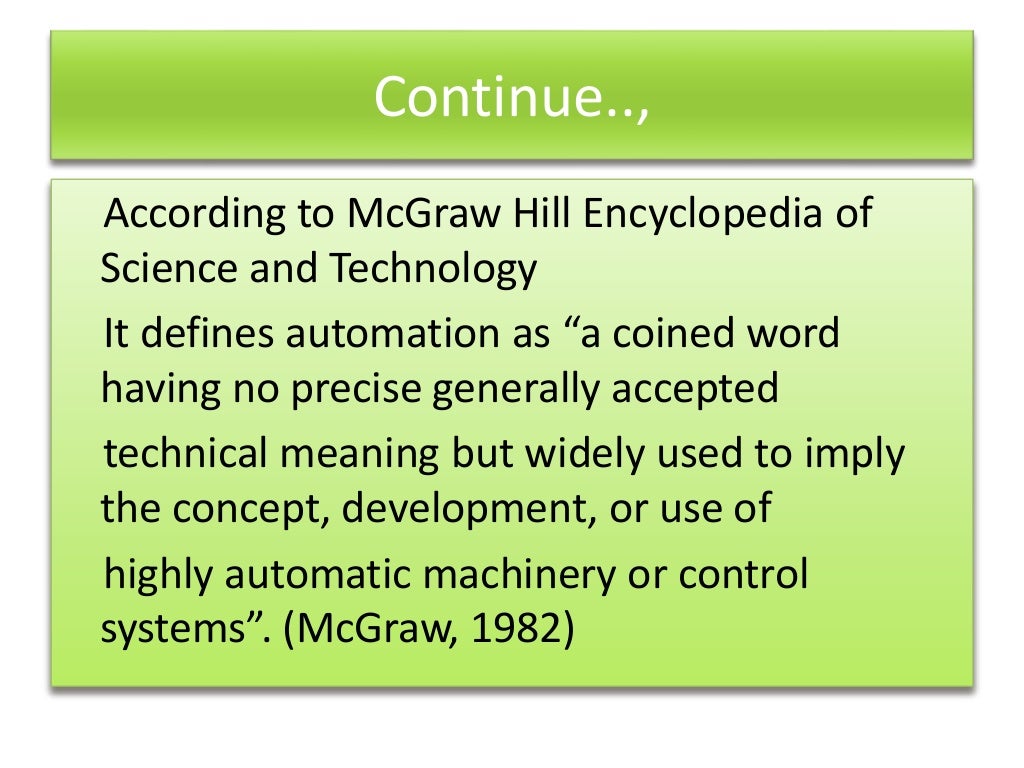

Some current versions are only visible to users who have permissions to view them. All other versions are considered historical versions. There can be up to three current versions of a file at any given time: the checked-out version, the latest minor or draft version, and the latest published or major version. This is common when autosave is enabled.ĭuring co-authoring of a document, when a different user begins working on the document or when a user clicks save to upload changes to the library.

When saving edits frequently, for example, each new version captures a point in time rather than each individual edit. Not all edits and saves create new versions. Periodically, when editing and saving Office documents. After a document is opened again, a new version will be created after an edit is saved.

When an Office document is opened and saved. When the properties of a list item or file are changed. When a file is uploaded that has the same name as an existing file.

Note: If file checkout is required, you must check the file in to create its first version. If your list or library limits versions, you should make sure that contributors are aware that earlier versions will be deleted when the version limit is reached. If you are viewing version history within a Microsoft Office document, such as a Word or Excel file, you can compare the two versions to determine what the differences are. View a previous version You can view a previous version without overwriting your current version. The restored version becomes the new current version. Restore a previous version If you made a mistake in a current version, if the current version is corrupt, or if you simply like a previous version better, you can replace the current version with a previous one. You can also see the comments people make when they check files into libraries. For example, if someone changes the due date of a list item, that information appears in the version history. You can also see when properties (information about the file) were changed. Track history of a version When versioning is enabled, you can see when an item or file was changed and who changed it. If you have existing libraries or lists on your site or on your team site that do not have versioning enabled, you can turn versioning on for them at any time. This will help you prevent losing important documents or data. x,dialogs means that RPA.Dialogs library is provided in both the rpaframework and rpaframework-dialogs packages.Note: If you are a Microsoft 365 customer, versioning is now turned on by default when you create a new library or list, and it will automatically save the last 500 versions of a document. The x in the PACKAGE column means that library is included in the rpaframework package and for example. The RPA Framework project currently includes the following libraries:


 0 kommentar(er)
0 kommentar(er)
